We explain what the Mediterranean Sea is, where it is located and how it is divided. Also, what are its characteristics, fauna, flora and more.
What is the Mediterranean Sea?
It is known as the Mediterranean Sea to one of the seas of the Atlantic Ocean , located in the region that brings together southern Europe , western Asia and northern Africa .
This region was of enormous historical importance for Western civilization , as it was the scene of the development of numerous cultures , such as the Greco-Roman, the Phoenician , the Egyptian , the Hebrew, etc.
The Mediterranean is the second largest inland sea on the planet , after the Caribbean. It is 3,860 kilometers long and covers an area of approximately 2.5 million km 2 . This represents 1% of the world's oceanic extent .
Its volume of water is 3,735,000 km 3 , and its average depth is 1,430 meters . It bathes the three peninsulas in southern Europe (Iberian, Italic and Balkan) and one in Asia (Anatolia).
What does the name Mediterranean mean?
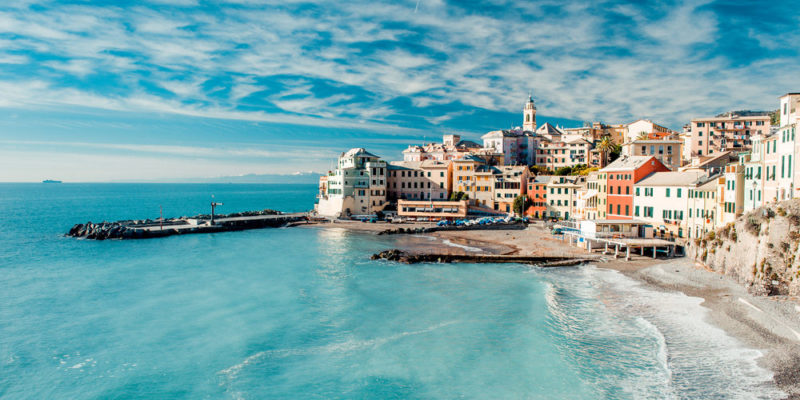
The name "Mediterranean" comes from the Latin medi terraneum which means "the middle of the earth" .
This is because, in ancient times , the societies that named it only knew the land around this sea . That is why it could be considered the center of the world.
The Greeks gave it the name that continues to this day, which in their language was Mesogeios Thalassa.
The ancient Romans called it " Mare nostrum " or "our sea" , while the ancient Egyptians called it "The Great Green" and the Arabs called it "middle sea" (al-Bahr al-Mutawäsit).
Where is the Mediterranean Sea located?
The Mediterranean lies between southern Europe, North Africa, and the west coast of the Near East .
It communicates with the Atlantic through the Strait of Gibraltar, with the Black Sea through the Straits of the Bosphorus and the Dardanelles, and with the Red Sea through the Suez Canal.
Subdivisions of the Mediterranean Sea

The Mediterranean Sea is divided into a group of smaller seas, endowed with their own name:
- Alboran Sea, between Spain and Morocco.
- Mar menor, southeast of Spain.
- The Mar Chica in the north of Morocco.
- Balearic Sea between the east coast of the Iberian Peninsula and the island of Sardinia.
- Ligurian Sea, between Corsica and Liguria.
- Tyrrhenian Sea, between the east coast of Sardinia, the Italian peninsula and the Sicilian north coast.
- Adriatic Sea, between the Italian peninsula and the coasts of Slovenia, Croatia, Bosnia and Montenegro.
- Ionian Sea, between the Italian peninsula, Greece and Albania.
- Aegean Sea, between Greece and Turkey.
- Libyan Sea in Tunisia.
- Sea of Cilicia between Turkey and Cyprus.
- Levantine Sea, off the coasts of Egypt, Lebanon, Cyprus, Israel, Syria and Turkey.
Mediterranean countries
The Mediterranean bathes the coasts of many European countries:
- Spain
- France
- Monaco
- Italy
- Greece
- Albania
- Croatia
- Montenegro
- Cyprus
- Slovenia
- Bosnia and Herzegovina
- malt
- Morocco
- Algeria
- Tunisia
- Libya
- Egypt
In addition, to the east and south it borders several eastern countries:
-
- Israel
- Turkey
- North cyprus
- Lebanon
- Palestine
- Syria.
Islands of the mediterranean sea
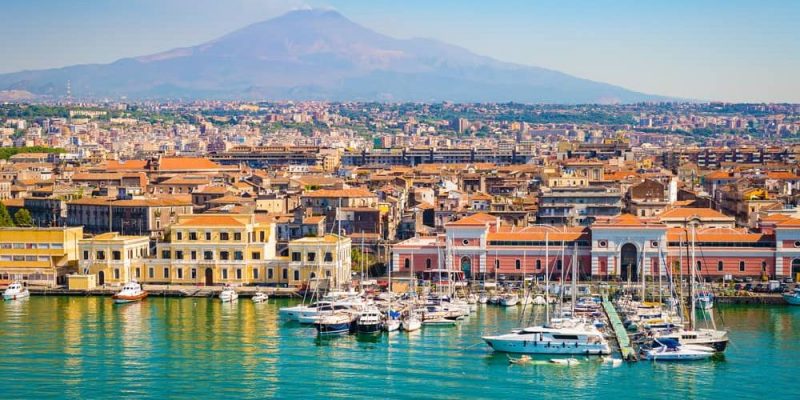 Among the many islands of the Mediterranean, the following stand out by size:
Among the many islands of the Mediterranean, the following stand out by size:
- Sicily (Italy) with 25,460 km 2 .
- Sardinia (Italy) with 23,821 km 2 .
- Cyprus (Republic of Cyprus) with 9251 km 2 .
- Corsica (France) with 8680 km 2 .
- Crete (Greece) with 8336 km 2 .
- Euboea (Greece) with 3655 km 2 .
- Mallorca (Spain) with 3640 km 2 .
- Lesbos (Greece) with 1632 km 2 .
- Rhodes (Greece) with 1400 km 2 .
How did the Mediterranean Sea originate?
The Mediterranean Sea was formed after the separation of the supercontinent Pangea , in the space between Europe, Africa and the Middle East.It was connected to the Atlantic Ocean until 6 million years ago , when the Messinian Salinity Crisis took place, during which this sea largely dried up.
It may have continued to lose water, but the erosion created a channel 250 km long . Through it flowed a flood from the ocean.
It is believed that this colossal waterfall almost 2 km wide filled the dry space in less than two years. Thus, it modified the geography of the area and created the Mediterranean as we know it today.
Mediterranean sea climate
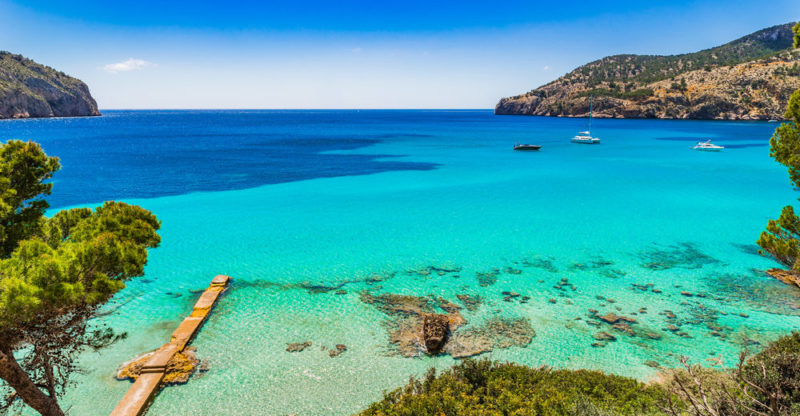 The region receives fresh winds from the intermountain areas of Europe . These contrast with the warm winds coming from the African plains, which increase the evaporation of water during the summer. Therefore, brackish waters and a more humid atmosphere are produced .
The region receives fresh winds from the intermountain areas of Europe . These contrast with the warm winds coming from the African plains, which increase the evaporation of water during the summer. Therefore, brackish waters and a more humid atmosphere are produced .Winters are windy but moderate ; hot, dry and calm summers; short autumns and variable springs, associated with the rains .
It can serve you: Mediterranean Climate
Fauna and flora of the Mediterranean
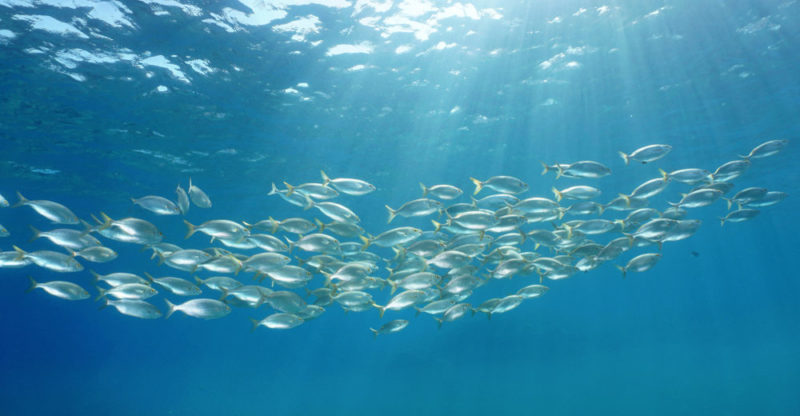 This sea is, after the Australian, Chinese and Japanese waters, one of the most biologically diverse . It contains some 17,000 species described to date. Of these, 4% are invasive species, coming from the Red Sea or the Atlantic.
This sea is, after the Australian, Chinese and Japanese waters, one of the most biologically diverse . It contains some 17,000 species described to date. Of these, 4% are invasive species, coming from the Red Sea or the Atlantic.Most of the animal and plant species are concentrated in the regions of the Strait of Gibraltar , the Alboran Sea, the African-Spanish coast and the northern Adriatic and Aegean Seas.
However, the Mediterranean is also among the most polluted seas in the world . There is a high presence of hydrocarbons and microplastics, two powerful threats to the ecological balance of plant and animal life.
Historical importance of the Mediterranean Sea
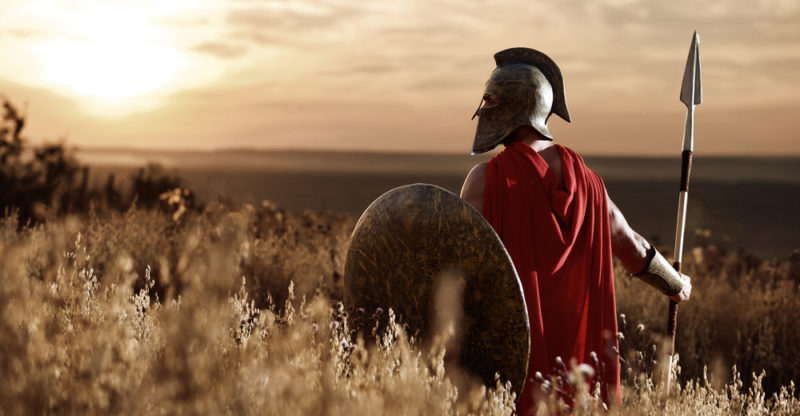 The Mediterranean region is the point of confluence of cultures from different continents , such as Europe, Africa and Asia.
The Mediterranean region is the point of confluence of cultures from different continents , such as Europe, Africa and Asia.For this reason, it was the scene of the emergence of different civilizations and empires : ancient Egypt, the Semitic peoples of Israel, ancient Persia , Carthaginian civilization, classical Greek and later Latin antiquity, which later led to the Roman Empire , among others.
The Mediterranean is one of the cradles of Western civilization , and appears in numerous of its founding epic tales.
African migration
In recent times, the Mediterranean Sea has become a sad landmark due to the massive migration of African citizens .Seeking better opportunities in Europe, they throw themselves into the sea in precarious boats in which they risk their lives and often meet death. In 2018 alone, more than 1,400 people died trying to cross the Mediterranean in this way.
The above content published at Collaborative Research Group is for informational and educational purposes only and has been developed by referring reliable sources and recommendations from experts. We do not have any contact with official entities nor do we intend to replace the information that they emit.
Passionate about understanding and contributing to a world that does not stop changing. New forms of Work, Sustainability and Technology. For many years he has worked as a creative for large international companies. He has a Ph.D. in information technology and he has been doing quantitative research in the interdisciplinary areas of information systems, cyber security, data analytics and artificial intelligence. He continue to look for creative solutions through technology to help companies to be more humane and sustainable..
Leave a reply
Your email address will not be published. Required fields are marked *Recent post

Sport: What Is It, Types, Risks, Features, Characteristics and Examples

Dogs: Emergence, Features, Characteristics, Feeding and Breeds

Story: Definition, Elements, Structure, Features and Characteristics

